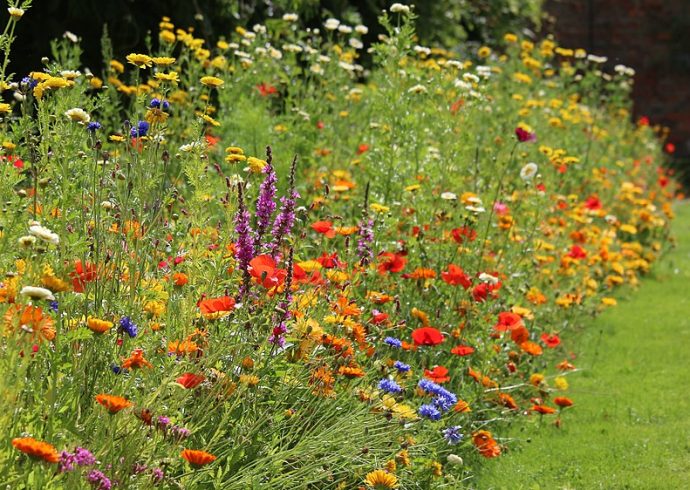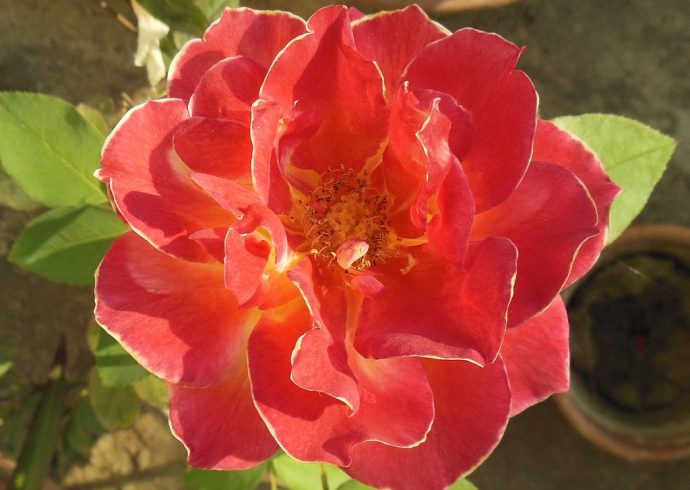
Growing Purple Cranesbill Flowers
A member of the geranium family, the purple cranesbill is known for its showy flowers in vibrant violet with eggplant-hued veins. Its scientific name, Geranium × magnificum, designates that this genus is a hybrid of two other geranium specimens, Geranium platypetalum and Geranium ibericum. As a flower, the purple cranesbill is perfect for flanking a line of shrubs or fence, but what makes this flower so desirable to grow is its high tolerance for the subzero temperature of minus 4 degrees Fahrenheit! Cultivated to be hardy, purple cranesbill are easy to grow with blooms peaking during the mid-summer months. Purple cranesbill are perennials that will attract butterflies in your garden. Like other geranium species, purple cranesbill are edible and can be eaten raw in summer salads or used for decorating cakes and cookies.
Plant purple cranesbill in a part of your garden that receives full sun or partial shade. Make sure the soil is well drained before planting. If you are planting more than one purple cranesbill geranium plant, mark a length of 26 inches between each individual plant before placing in the soil. Form a mound around the base of each plant. On average, purple cranesbill grow between 24 to 30 inches in height, each plant having a spread of 30 inches. Water the plants once they are in the soil.
Purple cranesbill can be propagated in a few ways. Each plant can be divided by the roots in autumn after blossoming time, or in the spring, then replanted. The plants can be deadheaded to encourage more blossoms, but if you want to propagate the plant through its own seeds, leave some of the pods on the plant so that once they mature, they can be removed, then planted in another part of the garden.
With regards to maintenance, shear the plants after blossoming season to encourage new growth for the following mid-summer. The plants do not require regular watering once they take root and can even tolerate drought with minimal watering.
There are minimal issues to watch out for: vine weevil larvae, geranium sawfly larvae, members of the snail family. If the plants do not receive sufficient water in dry conditions, powdery mildew may form on the plants. To eliminate powdery mildew, spray the affected leaves with Potassium bicarbonate. While the geranium sawfly will eat away the purple cranesbill leaves, they do not harm the actual flowers nor plant growth. If desired, use a pesticide to eliminate the sawfly and vine weevil. To eliminate snails and slugs, use a pre-purchased package of granular bait that targets these pests, or make your own concoction using coffee grounds, ground-up eggshells, sandpaper, and lava rock, then spread them around the base of each plant to deter them from climbing on the purple cranesbill plants.
Image Credit: Anne Burgess/Cranesbill/CC BY-SA 2.0.


